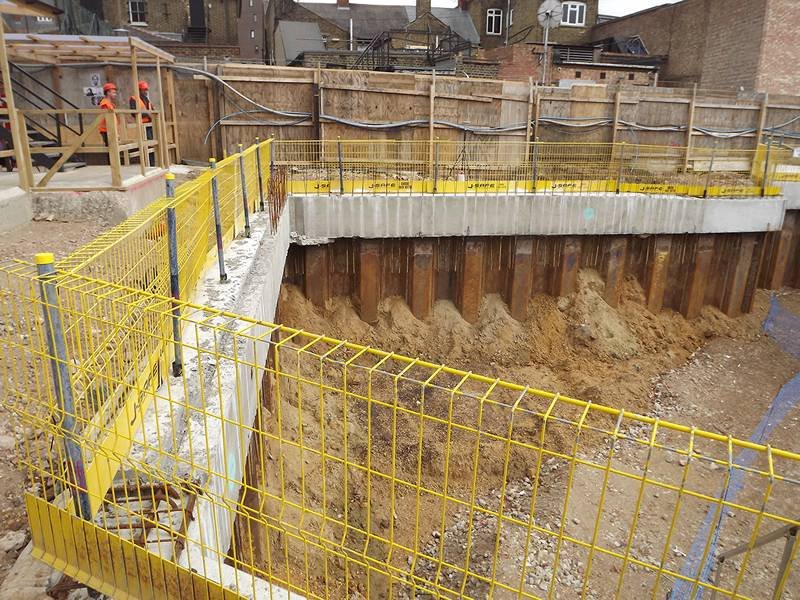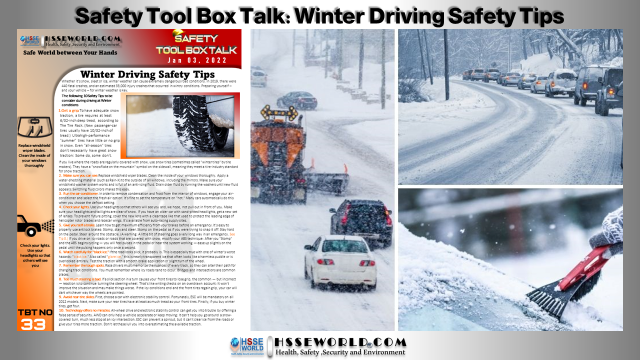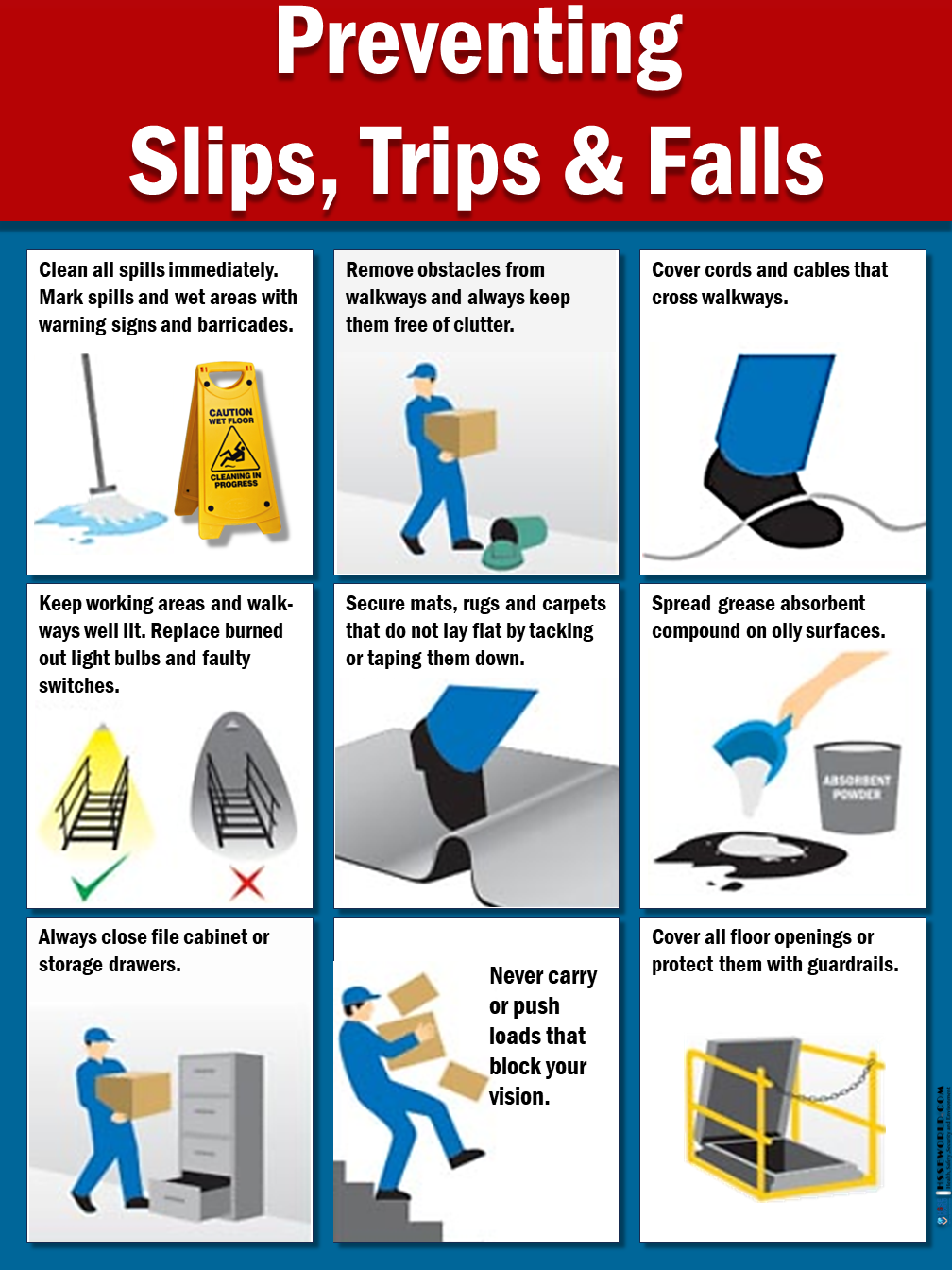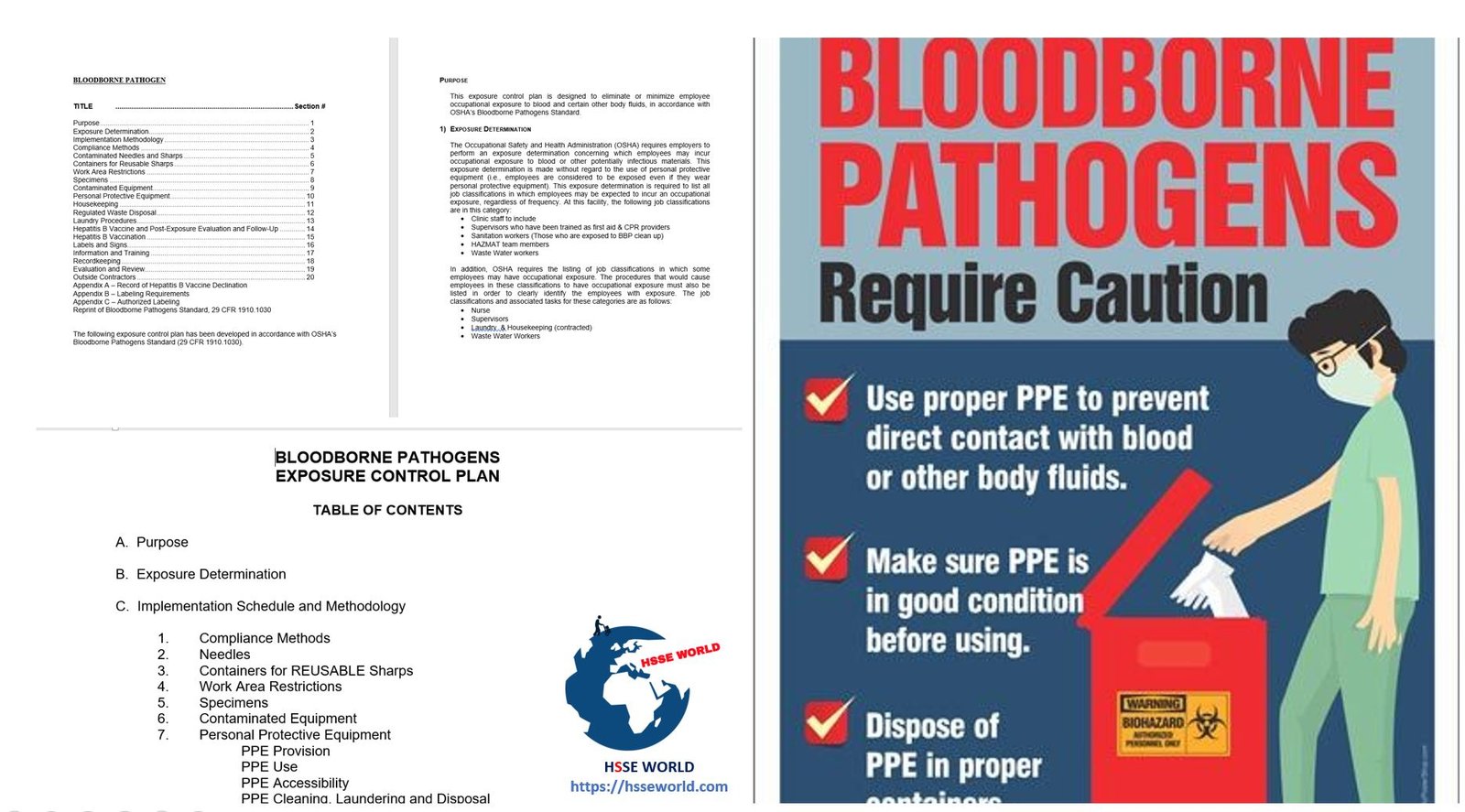Trenches are potential killers. The majority of fatal trench accidents occur where the depth is less than 1.5m. A cubic meter of earth can weigh over 1.5
Tones which will crush a man.
[xt_networks title=”Follow Us” force_original_colors=”yes”]
Main Points:
- Prior to any digging carry out thorough checks for services.
- Plan excavations including shoring requirements, safe access/egress, etc.
- Ensure any support/shoring materials are present on site prior to
Discussion Points:
- Excavations must be supported/battered back where necessary to prevent collapse.
[xt_news title=”Related Posts” query_type=”custom” custom_query=”size:3|order_by:date|order:DESC|post_type:post|categories:69″ excerpt_length=”30″]
- Use ladders for access/egress do not climb supports.
- All excavations deeper than 1.2 mtrs. (4 meter) must be shored or the sides must be sloped to a safe angle

- Provide barrier around deep excavations.
- Keep soil heaps, tools and vehicles back 0.5m away from the edge of excavations.
- Never throw tools/materials into an excavation always pass hand to hand orlower on a rope.
- Wear suitable PPE, including head and foot protection.
- Do not jump across excavations provide suitable bridges where required.
- If vehicles are to be used to fill then position stops to ensure vehicles cannotdrive into excavations.
- Never adjust/adapt supports/shoring without first getting approval fromperson in charge.
- Excavations must be inspected prior to entry, at the start of each shift, and after any destabilizing event (including heavy rain).
- Ensure stop blocks are fitted when dumpers are tipping into excavations and that are guided by a signaler.
- Do not jump across excavations, use bridge access ways with guard rail.
- Do not alter or remove any supporting members unless you are timber man.





